What Ukrainian weapons will conquer the world’s weapons markets after the war
The demand for Ukrainian combat-tested military equipment may increase globally. What are the most promising projects for export after the war? Ukraine has often been compared to Israel, since both countries have been at war for many years.
When it comes to Israeli weapons, everyone understands that they are made to fight opposing forces, not for parades or tank biathlons. Ukrainian military technology, hardened over the years in the war against the Russians, may now enjoy the same reputation. Ukrainian private and state-owned companies have a unique opportunity to test their equipment in real-world combat and are using this experience to modernise it further.
This is something that even leading Western manufacturers lack. The Ukrainian Ministry of Defence (MoD) purchased mostly tried-and-tested Western weapons that were in stock during the first year of the Russian invasion. However, the protracted war with Russia and the depletion of Western stockpiles forced Ukraine to invest in its own military-industrial complex, which has since withstood hundreds of missile attacks.
Advertisement:Oleksii Reznikov, Ukraine's Defence Minister, calls himself a "Ukraine-protectionist" and suggests that Ukrainian industries will receive more orders to supply the [Ukrainian] army.
Indeed, Ukrainian technology had export potential even before 24 February 2022. The manufacturers are now significantly increasing their capacity, collecting information from the frontline, and improving technologies to not only step up the country's defence but also conquer global markets after the war. How exactly?
Kozak armoured personnel carriers (APC)
"We use Kozak-5 vehicles to carry troops and ammunition.
Occasionally, we use them for fire support using a large-calibre machine gun. Everyone who goes to the front goes by Kozak because our company had no other armoured vehicles. Two Kozak armoured personnel carriers were hit by mines, and all the people inside survived.
The armour is strong, withstanding small arms fire and shrapnel. I was in a Kozak that was hit by a 120mm mine. The wheel was shattered, but the vehicle was able to make it out," one of the soldiers describes his experience of operating an armoured vehicle.
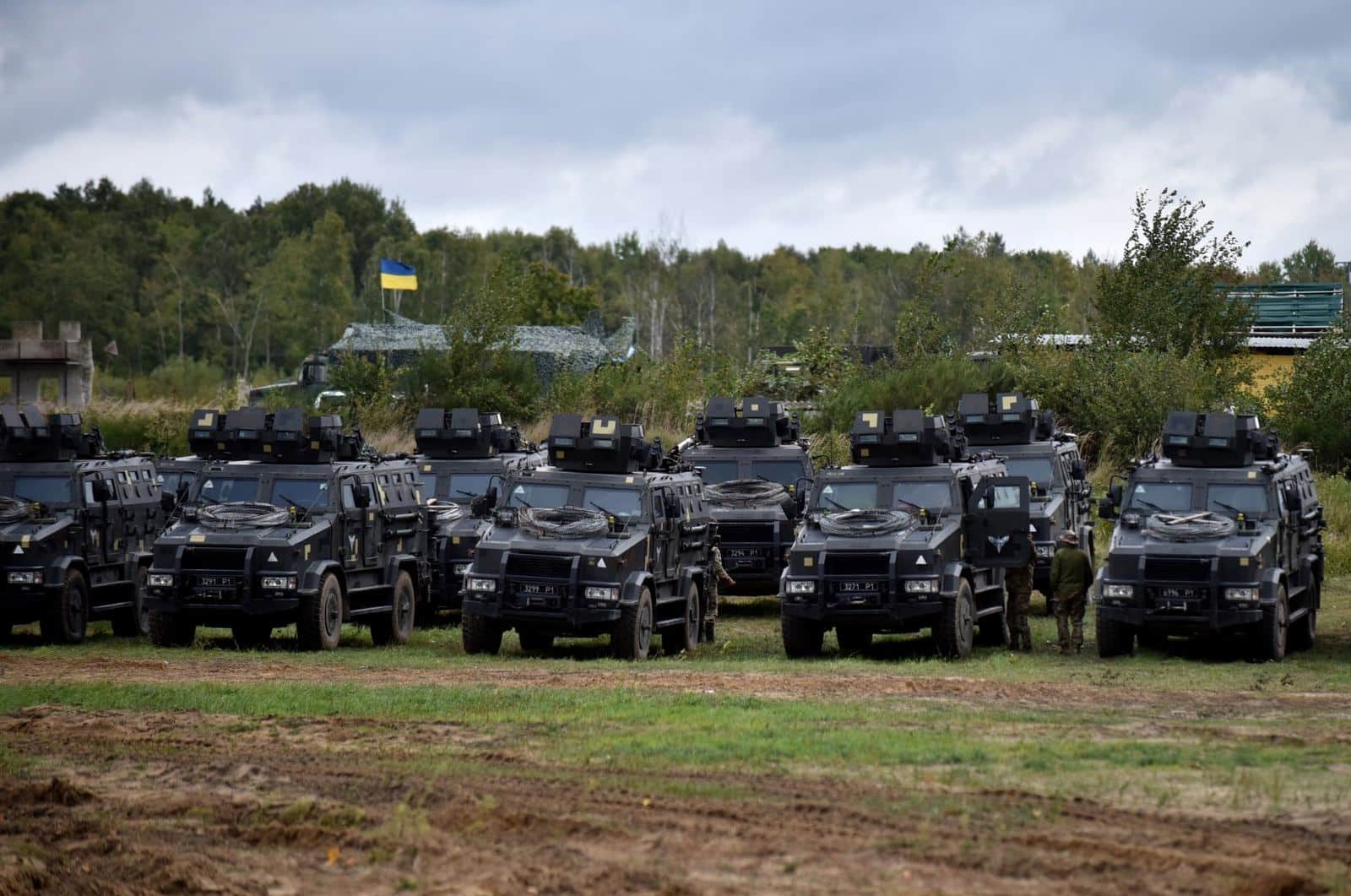 Kozak-2 armoured personnel carrier
Kozak-2 armoured personnel carrier
The private research and production company known as Practika manufactures the Kozak family of vehicles.
They have been produced on a massive scale since 2015, a year after the start of the war with Russia. The number of Kozaks of all modifications currently in production amounts to hundreds.
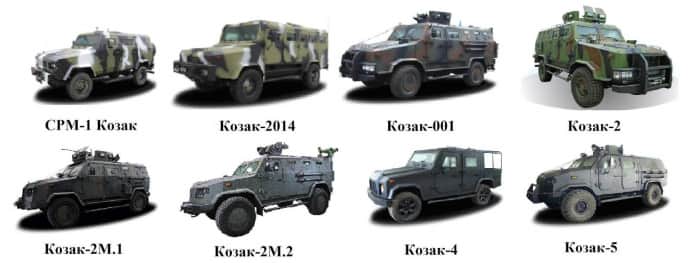 SRM-1 Kozak, Kozak-2014, Kozak-001, Kozak-2, Kozak-2M.1, Kozak-2M.2, Kozak-4, Kozak-5 IMVs SOURCE: FRAZA.COM
SRM-1 Kozak, Kozak-2014, Kozak-001, Kozak-2, Kozak-2M.1, Kozak-2M.2, Kozak-4, Kozak-5 IMVs SOURCE: FRAZA.COM
Kozak-2 is a mine-resistant ambush-protected (MRAP) type vehicle. These are armoured APCs with enhanced protection against mines and ambushes.
MRAPs are distinguished from conventional armoured personnel carriers by better manoeuvrability and lighter armour. This vehicle is designed for logistics and reconnaissance. The Kozak-5 was introduced in 2017, lighter and more manoeuvrable than the previous vehicle.
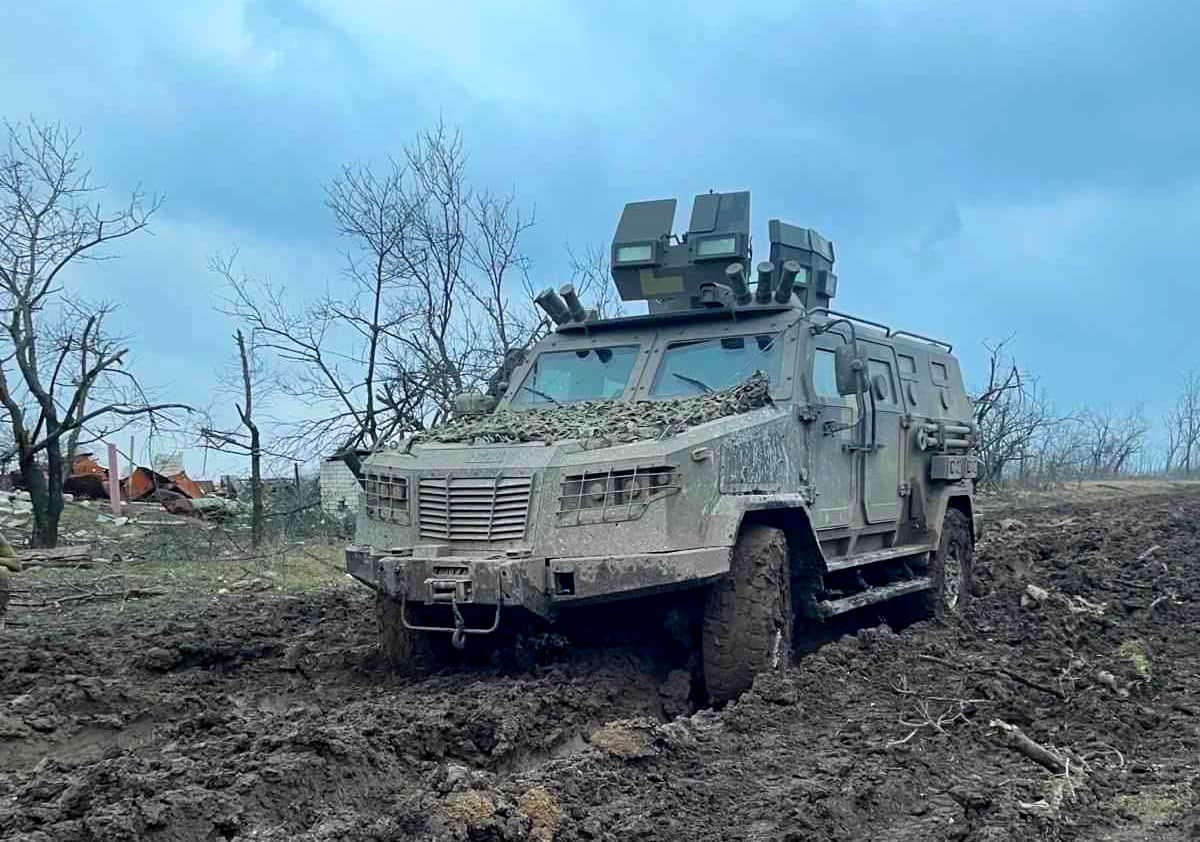
Kozaks set out to conquer the global market in 2019 and attracted interest from various countries.
Saudi Arabia bought 60 vehicles. Negotiations began with Indonesia on producing the Kozak-2M model in that country. The pandemic and the war disrupted the project.
Praktica also signed a contract with Nigeria for 15 Kozak-5s. The vehicles were built but were then handed over to the Armed Forces of Ukraine (AFU) after 24 February 2022. The customer received a refund of the prepayment.
The company will likely succeed in the global market after the war. Demand for such vehicles is growing, and there will be even more customers willing to buy Kozaks due to their participation in battles.
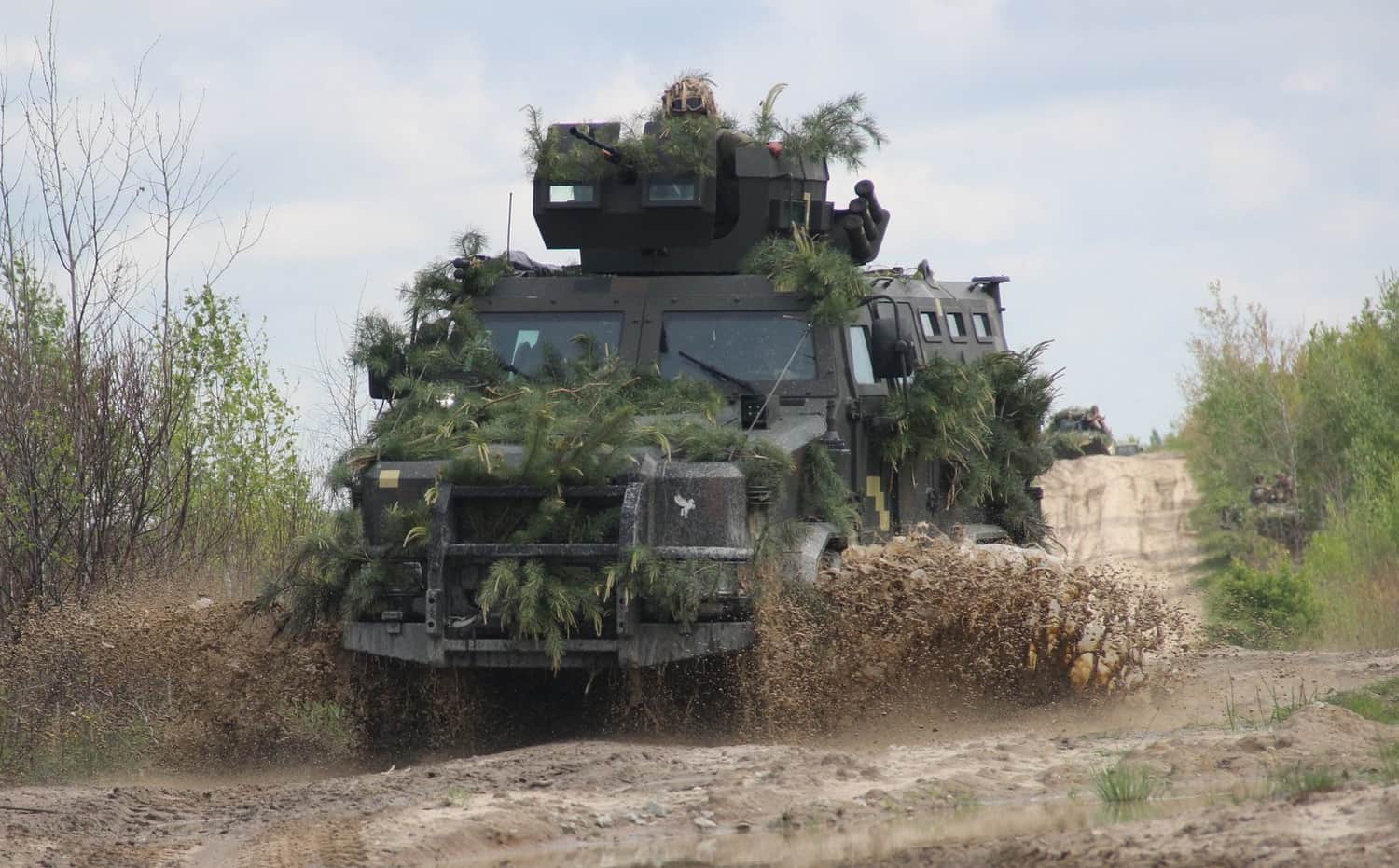 Kozak-2 in disguise
Kozak-2 in disguise
"The war with Russia has taught us to focus on mine protection, and we have hardened the design for this purpose. We also realised that the biggest danger to vehicles is not bullets, but shrapnel from artillery shells, so we paid more attention to this danger," one of Praktica's technical experts told Ekonomichna Pravda (EP).
Meanwhile, the company will produce vehicles exclusively for Ukraine and in much larger quantities than before. Kozaks has been involved in several major operations. One of these was an offensive in Kharkiv Oblast.
The AFU used a "mosquito tactic", where the Russian forces were attacked by multiple mobile groups using armoured vehicles. These vehicles have been saving the lives of Ukrainian soldiers. There are many photos and videos of Kozaks with a smashed front end but an undamaged crew section.
 Kozak-2 after being hit
Kozak-2 after being hit
Kozak may be equipped with combat modules in the future.
These are automatic fire turrets on the vehicles, which are controlled from inside. The Kozak-2 has been fitted with such devices, particularly from the Turkiye company Aselsan. However, such modifications are not yet popular with the military.
Bohdana self-propelled howitzer
This is the first Ukrainian-made self-propelled howitzer (SPH).
The vehicle has a NATO-standard calibre of 155 mm. Its armament is manufactured by the Kramatorsk Heavy Machine Tool Plant, a private company, while the Ukrainian Armour company produces the chassis and armour. This vehicle was first introduced in 2018.
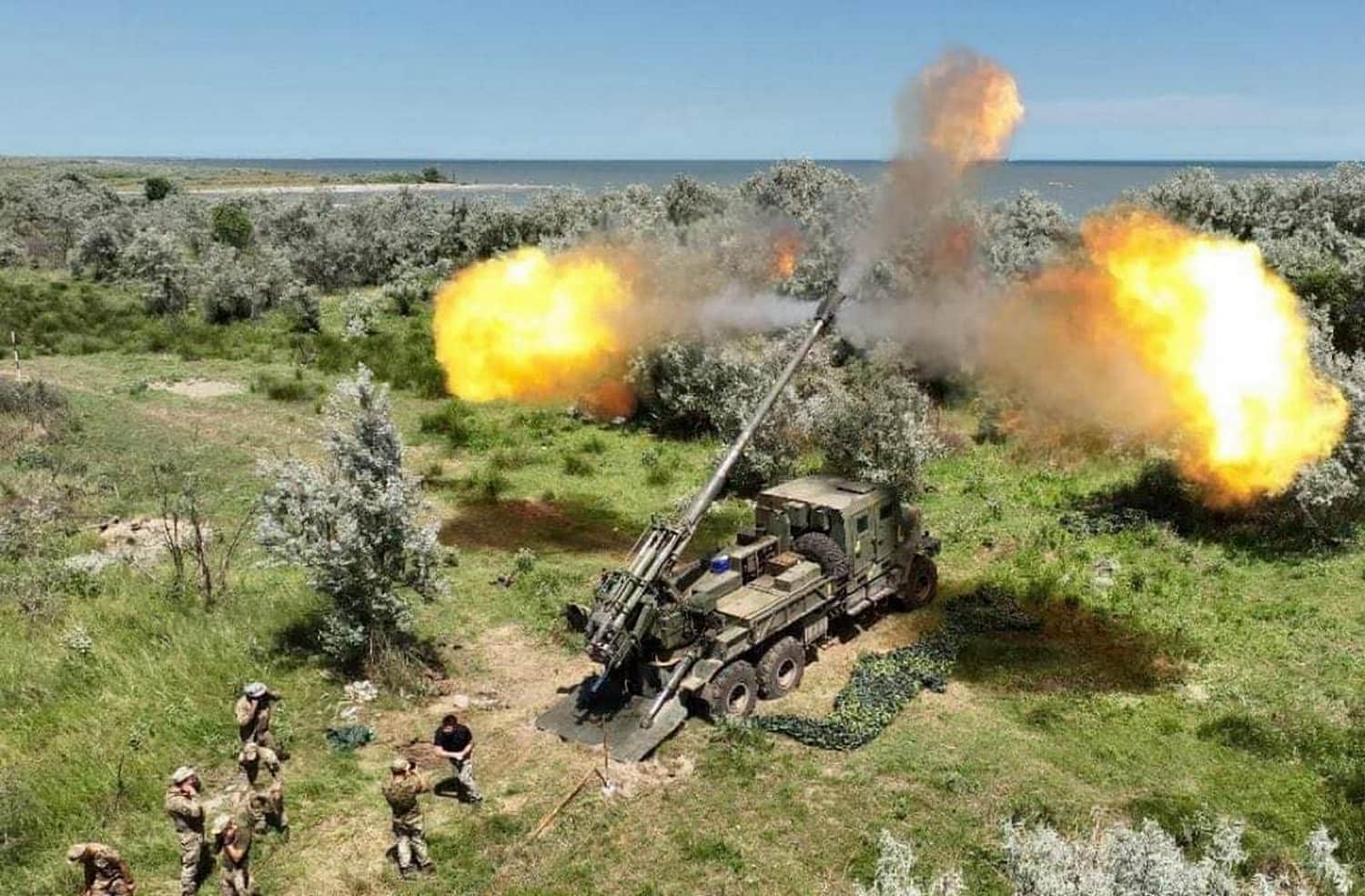 Ukrainian Bohdana SPH firing on Zmiinyi (Snake) IslandPhoto by Serhii Pashynskyi
Ukrainian Bohdana SPH firing on Zmiinyi (Snake) IslandPhoto by Serhii Pashynskyi
Testing by the state was not going well.
Apart from technical issues that arose during the development, the manufacturer had disputes with the Ukrainian MoD. Therefore, preliminary field tests were completed only in January 2022. The Bohdana SPH was supposed to be destroyed at the beginning of the Russian invasion to prevent it from falling into Russian hands; however, it was successfully evacuated from Kramatorsk.
In the spring of 2022, the Ministry of Defence placed an order, and the SPH with the new chassis went into mass production. The only such vehicle at the time set out to wipe out the Russian army. It took part in the Battle of Zmiinyi Island in April 2022.
Read also: Bohdana's first battle.
In February 2023, Reznikov announced that the AFU would soon receive the first batch. The use of the SPH is being kept secret, and photos from the battlefield are rarely published.
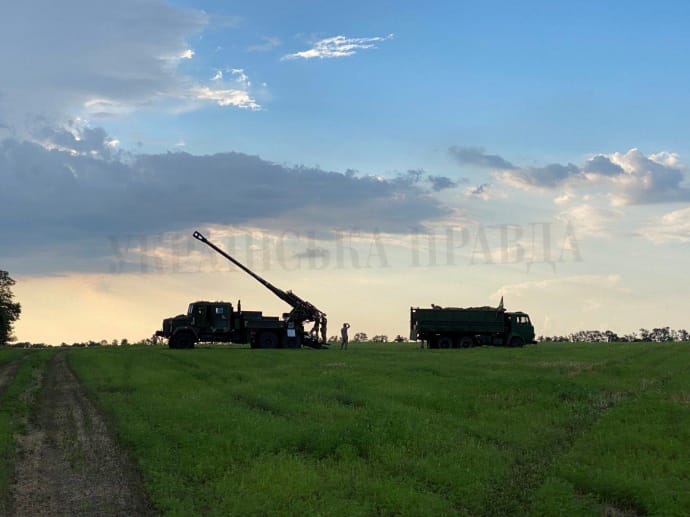 The Bohdana crew perfected their skills in the battles near Kryvyi Rih
The Bohdana crew perfected their skills in the battles near Kryvyi Rih
The perfected Bohdana may have export potential after the war. In addition to its experience in warfare, its simplicity and relatively low cost may become a competitive advantage.
In large-scale wars, the quantity of equipment is no less critical than its rich functionalities, so the affordable and reliable Bohdana should be able to find its niche.
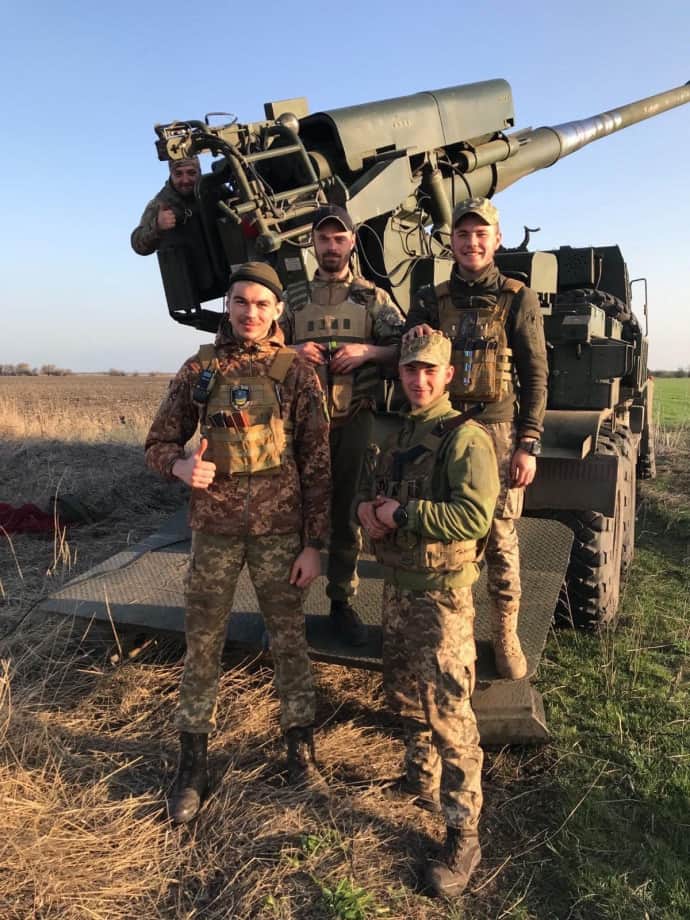 Bohdana in the AFUPHOTO BY MIL.GOV.UA
Bohdana in the AFUPHOTO BY MIL.GOV.UA
"There are many competitors on the global market, but they are expensive and have a long delivery time. The tenders we have participated in indicate that, depending on the configuration and version, the Bohdana costs 30-50% less than the French Caesar howitzers," explained Vladyslav Belbas, CEO of Ukrainian Armour, which exported the howitzers. He said Morocco, Malaysia, Saudi Arabia, and Egypt were interested in the Ukrainian SPH before the Russian invasion.
Should there be sufficient orders for the Bohdana from the Ukrainian MoD, its manufacturers will work only for the AFU. Expanding production is complex and requires a lot of time and investment.
Leleka, Shark and Ukrjet UAVs
Unmanned Aerial Vehicles (UAVs) are in great demand, and this is one of the primary needs of the AFU right now.
Home-made drones can be produced by engineering students from components purchased on the radio market, but few companies are able to offer a durable product with a decent camera, software and resistance to electronic warfare systems. Many private companies have been producing UAVs in Ukraine since 2014: Ukrspecsystems, DeViro, Ukrjet, and Athlon Avia. They have entirely displaced the state-owned defence industry conglomerate Ukroboronprom from the market, and supply hundreds of drones to the Ukrainian forces and the National Guard.
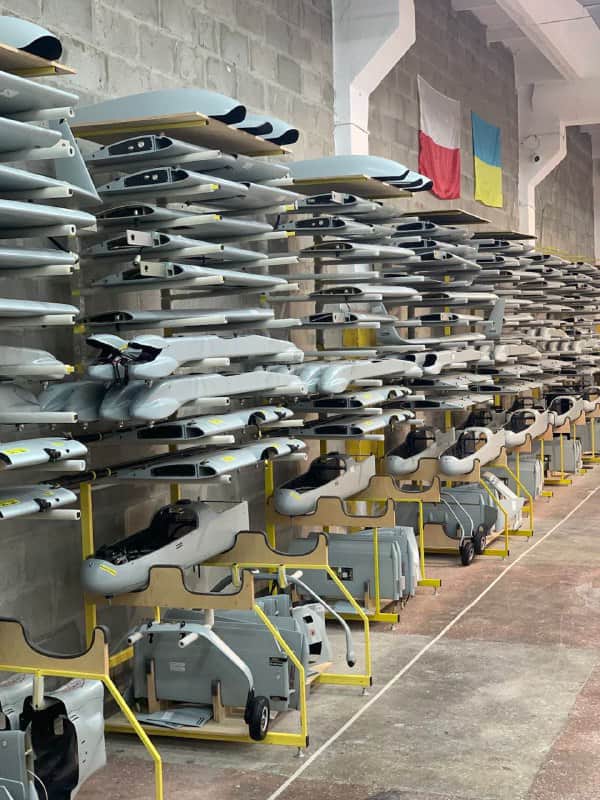 Ukrspecsystems production facility
Ukrspecsystems production facility
Ukrainian drones were sold abroad before the Russian invasion.
Orders were small because the models had not yet proven themselves. Nevertheless, one of the companies used its export revenues to finance the design of new aircraft. The UAE bought the Ukrainian Leleka and Furiia systems from DeViro and Athlon Avia.
There were also contracts for PD-2 flagship aircraft from Ukrspecsystems. Even a Western customer was interested in the latter systems: a delegation from a major EU countries came to Ukraine to test them. The companies are currently working only for the needs of Ukrainian defence, expanding their staff and production capacity.
Ukrspecsystems introduced a new Shark reconnaissance drone in the spring of 2022. The number of these aircraft is now in the hundreds.
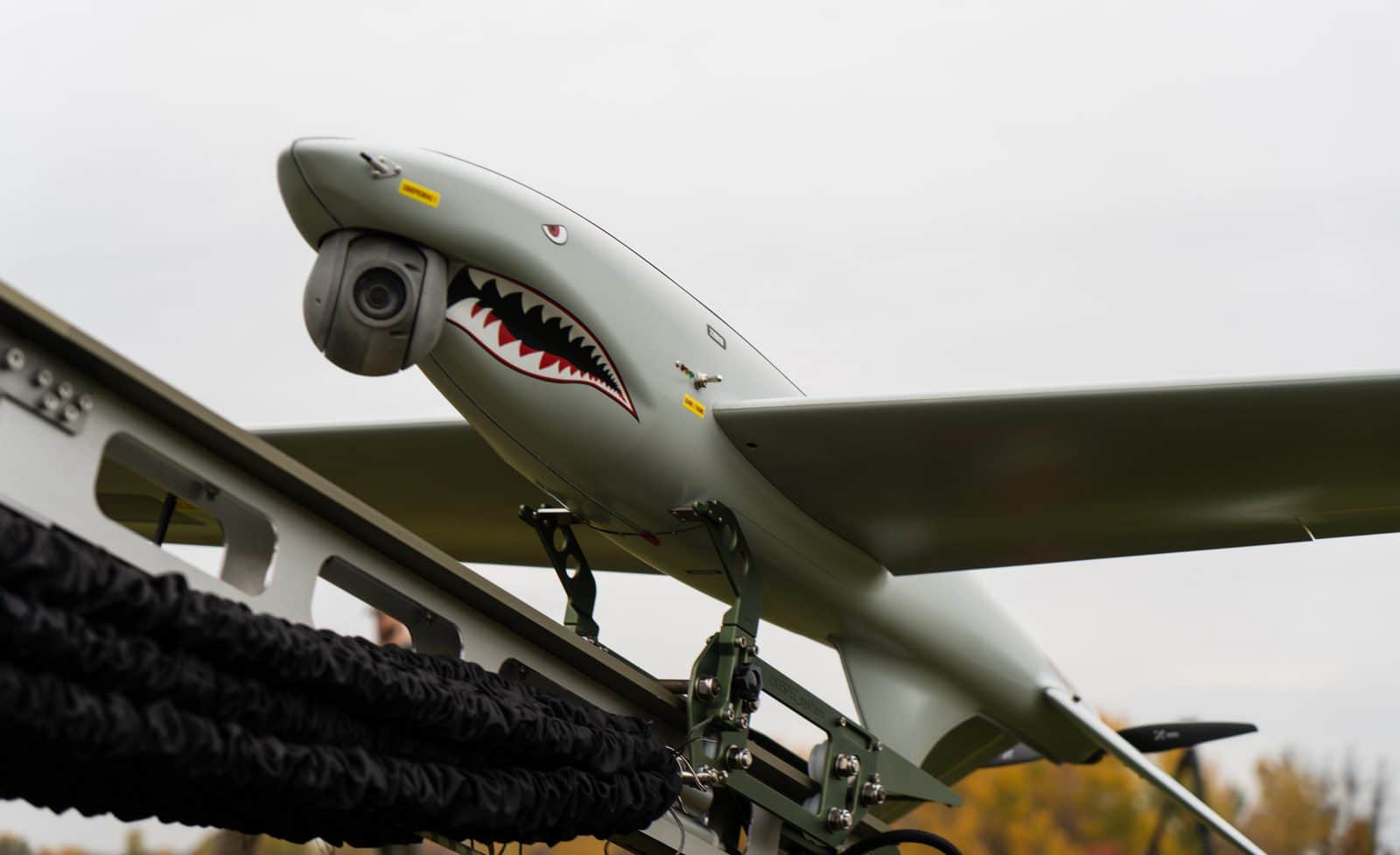 PHOTO BY UKRSPECSYSTEMS
PHOTO BY UKRSPECSYSTEMS
"The equipment performs the requisite tasks. The Leleka is more suitable as a scout, since it has a 360-degree camera.
The Shark is good at fire guidance, as it has a 120x zoom and good stabilisation. The striking advantage of these systems is their low cost compared to Western models. However, both models have bugs in the software," explained a UAV operator from one of the Ukrainian army's brigades.
Feedback from the military enables companies to fix errors. "One of the factors that helps to avoid aircraft losses is the skills of the operators. We have significantly increased our experience in pilot training during the war.
This is our competitive advantage in the market," a representative of one of the manufacturers told EP.
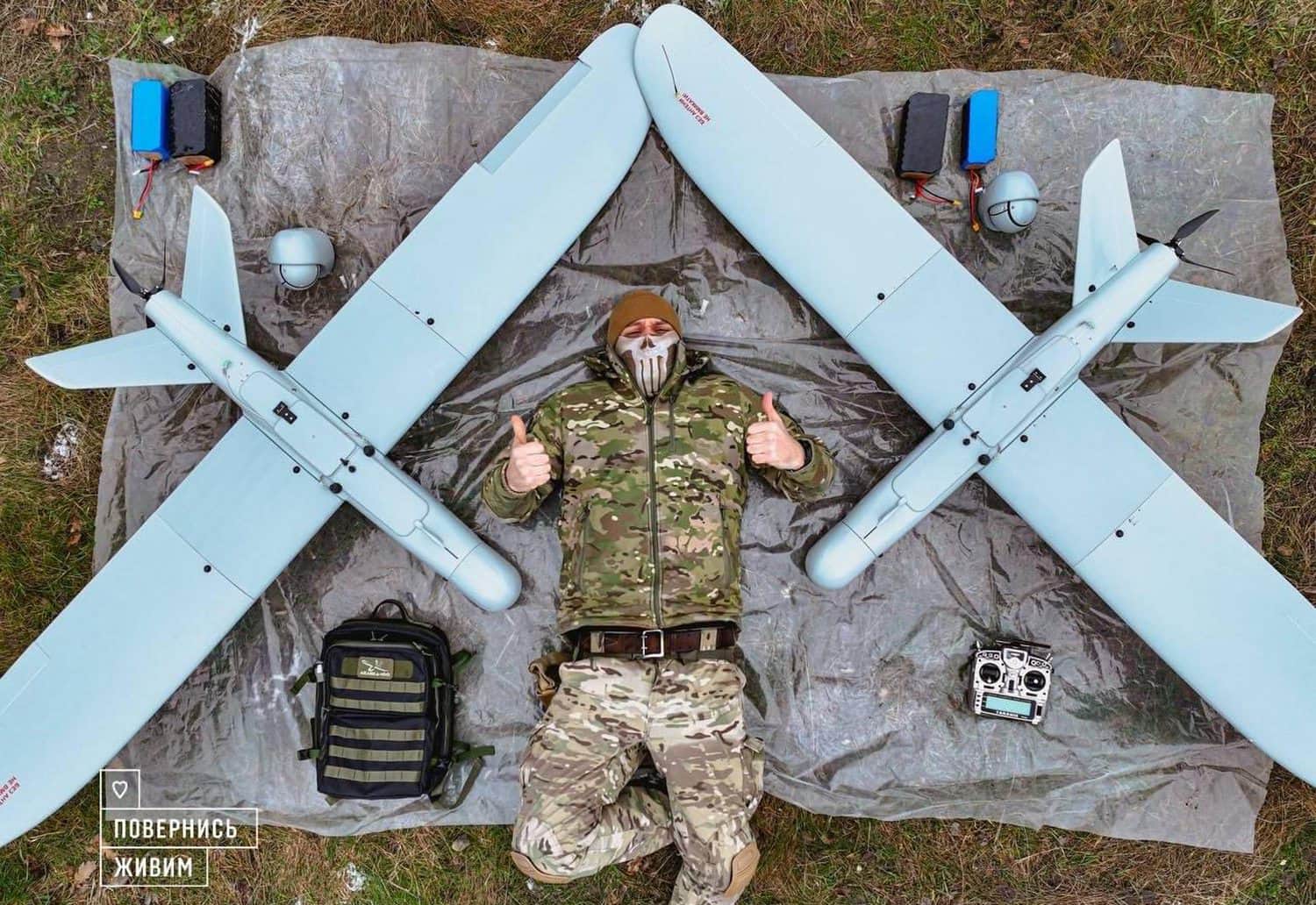 Leleka-100 UAVPhoto by Come Back Alive Foundation
Leleka-100 UAVPhoto by Come Back Alive Foundation
Russia has advanced electronic warfare technologies. There has never been a war in history with such massive use of electronic warfare systems. This is toughening Ukrainian manufacturers and forcing them to modernise their communications.
Eventually, the territory of Russia is a large training ground for Ukrainian drones. For example, the wreckage of a UAV similar to Ukrjet's UJ-22 was found near Moscow. This device can fly up to 800 km.
 Ukrjet near Moscow
Ukrjet near Moscow
Novator Armoured Personnel Carrier
The Ukrainian Armour company manufactures Varta and Novator armoured vehicles.
Production of the former has been suspended because it was mounted on a Belarusian chassis. The Novator continues to roll off the assembly line and successfully operates at the frontline. "We use the Novator to transport teams of specialists and reconnaissance, i.e., drone operators, anti-tank missile systems, and gunfire spotters.
The vehicles are not bad, even with some technical issues," one of the commanders remarked.
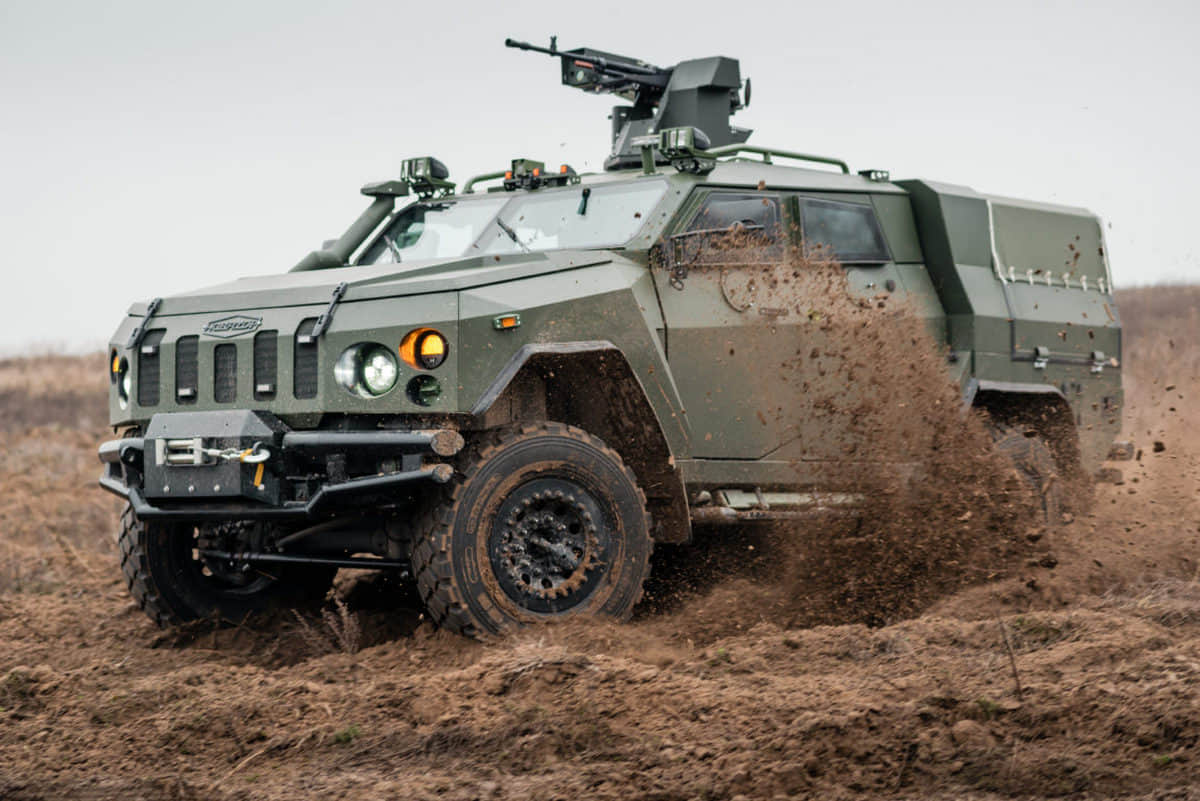 Novator specialised IMVPHOTO BY UKRARMOR
Novator specialised IMVPHOTO BY UKRARMOR
Novator was first purchased for the AFU in 2018. The manufacturer started promoting them for export in 2021. Agreements were signed to supply dozens of vehicles to four African countries, but the war disrupted the contracts. "We gave all the export vehicles to the territorial defence forces at 07:00 on the invasion day.
Some of them were coming back to us damaged by the end of the day," said Belbas. Most of 2022 was an uncertain year for the Ukrainian Armour company. Towards the end of the year, the company received long-term orders, set up production and tripled its armoured vehicle output compared to previous years.
The company has moved to different cities, and its staff has grown by 60%. Like other weapons, the Novator has been tested in combat. "We communicate with the military and upgrade the vehicles to use different types of weapons. We are making it a universal platform.
We can integrate short-range anti-aircraft missile systems, anti-tank weapons, radars, and anti-drone systems," according to Belbas.
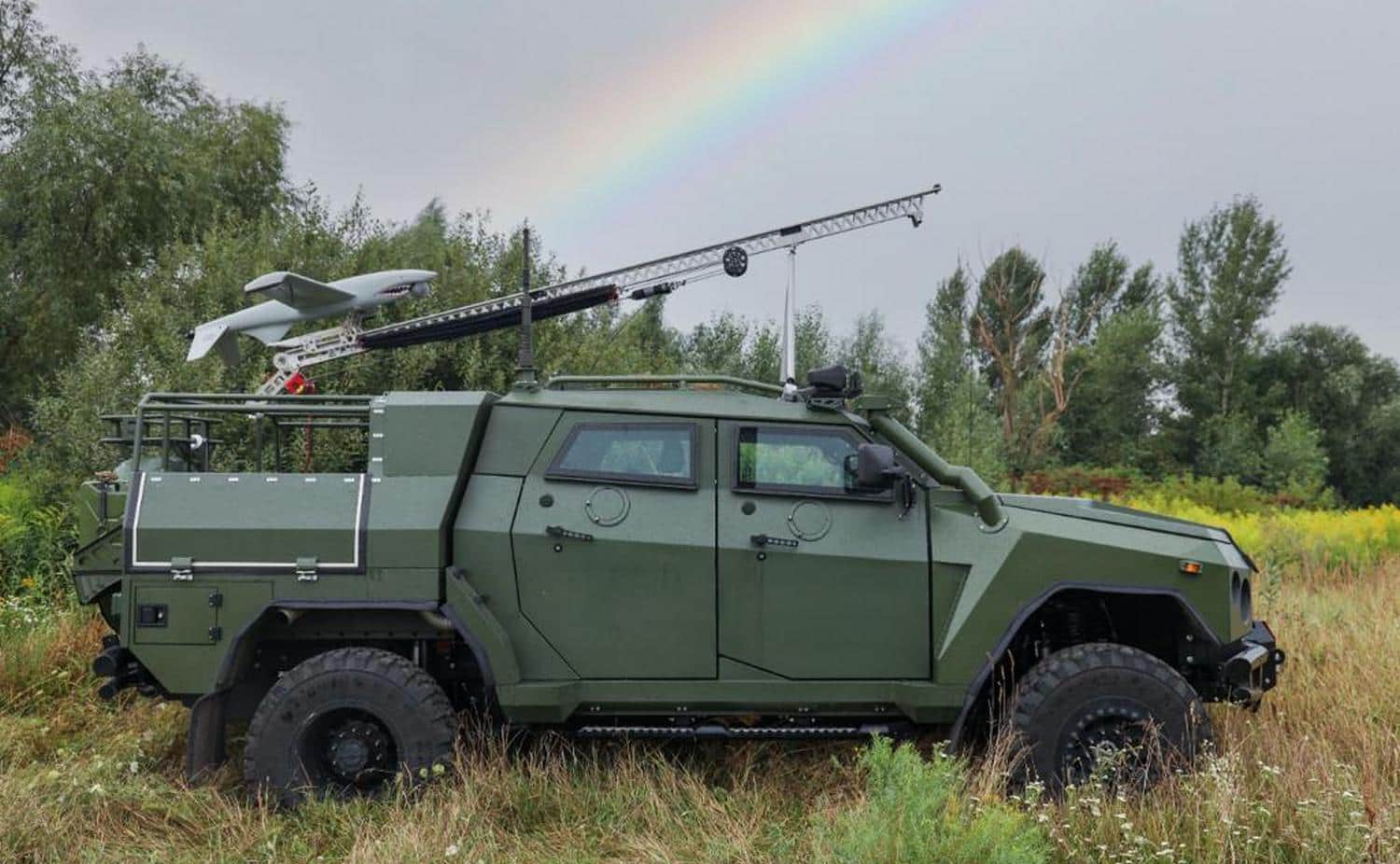 Novator with a Ukrainian Shark drone
Novator with a Ukrainian Shark drone
A photo was published in October showing Novator successfully saving soldiers' lives. The vehicle ran over an anti-tank mine with 8 kg of TNT, but the crew's compartment withstood the explosion.
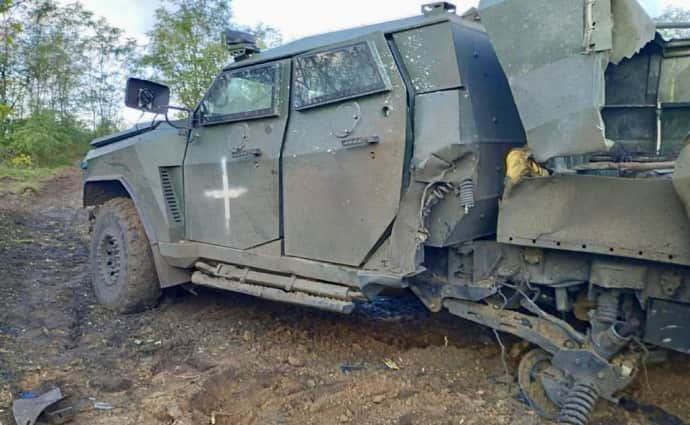 PHOTO BY UKRARMOR.COM
PHOTO BY UKRARMOR.COM
Stugna-P anti-tank guided missile
The Stugna-P anti-tank guided missile (ATGM), produced by one of Ukroboronprom's companies, has become the most widely known Ukrainian weapon. The Stugna control panel can be located 50 metres away from the system, allowing the operator to hunt tanks from cover.
There are many cases of these systems being in use. The Ukrainian National Guard's Omeha unit posted a video of a Stugna destroying a Russian tank and two infantry fighting vehicles in a single battle. Two cases are known where the system operator shoots down a Russian Ka-52 helicopter.
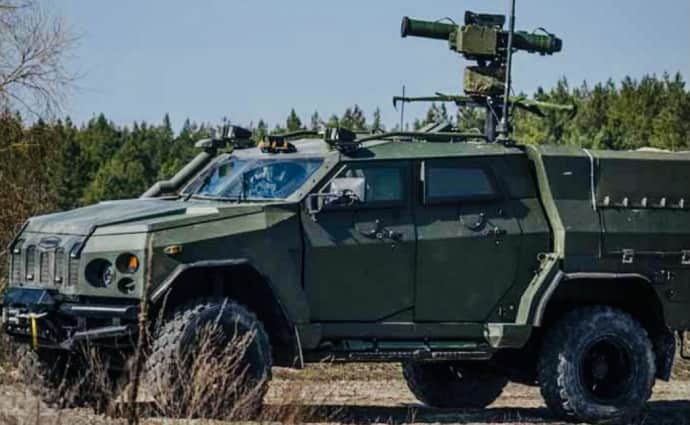 Novator armoured vehicle with Stugna mounted on itPHOTO BY TYZHDEN.UA
Novator armoured vehicle with Stugna mounted on itPHOTO BY TYZHDEN.UA
"The Stugna works very well.
Another unit and I managed to hit two targets almost simultaneously. Compared to second-generation Western ATGMs, the Stugna is a frontrunner. One of its advantages is its great range.
Cold and tired hands do not affect the ability to take a shot. The disadvantages are the heavy weight of the systems and missiles, as well as the lack of thermal imagers on most systems," an ATGM operator told EP.
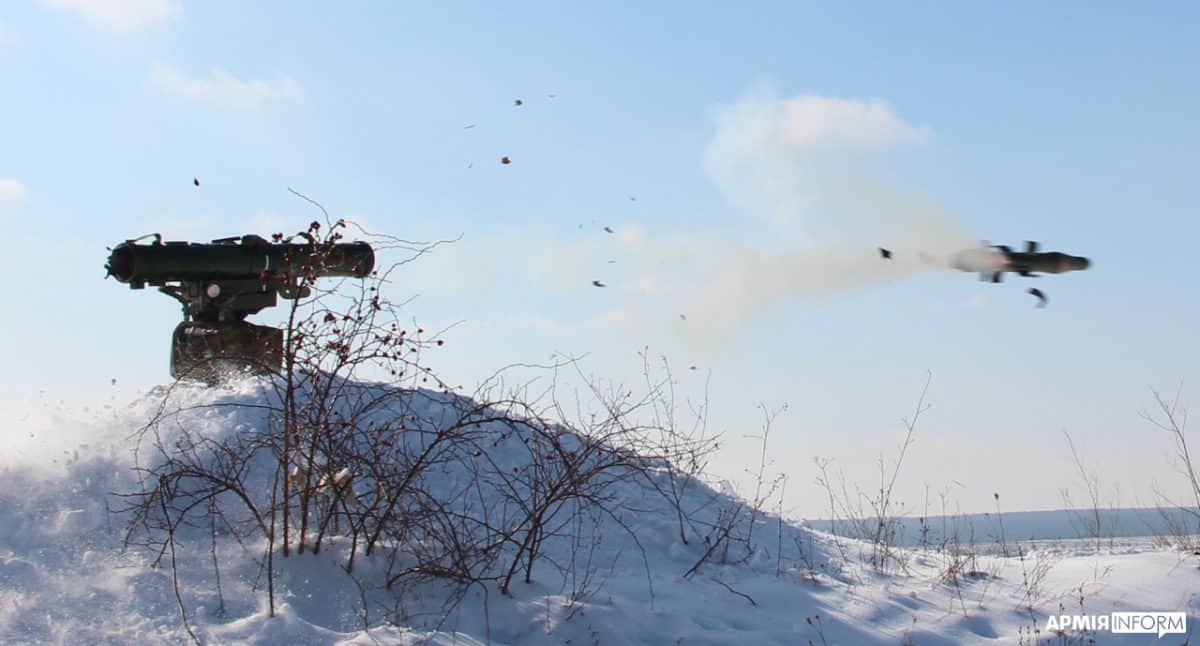 Stugna in winterPHOTO BY WIKIMEDIA.ORG
Stugna in winterPHOTO BY WIKIMEDIA.ORG
Ten countries have Ukrainian systems in service. The demand for them will only increase after the war.
However, the Skif export version of Stugna was produced with a Belarusian Peleng sight, so a replacement has to be found.
The ATGM manufacturer also produces the Neptune systems that hit the Russian cruiser Moskva.
However, missile development is currently classified as "secret".
BTR-4
You could see a modern Ukrainian BTR-4 Bucephalus armoured personnel carrier (APC) crushing Russian forces during the encirclement of Mariupol. At that time, the Azov Regiment shot many videos from this vehicle, which looked like a computer game.
Hal of the Bucephalus was made up of Russian components until 2014, but Ukroboronprom states that they have since been replaced. In 2016, the BTR-4 contained 85% Ukrainian and 15% foreign parts. The vehicle was widely offered for export before the Russian invasion.
Customers were ready to buy hundreds of them, but there were problems with fulfilling foreign contracts. The Iraqi Defence Ministry, which wanted to acquire 420 units, refused to accept even a quarter of this number. Ukroboronprom supplied faulty vehicles, and they were sent back for repairs.
Kazakhstan also referred a BTR-4 back to Ukraine for modification during the testing phase.
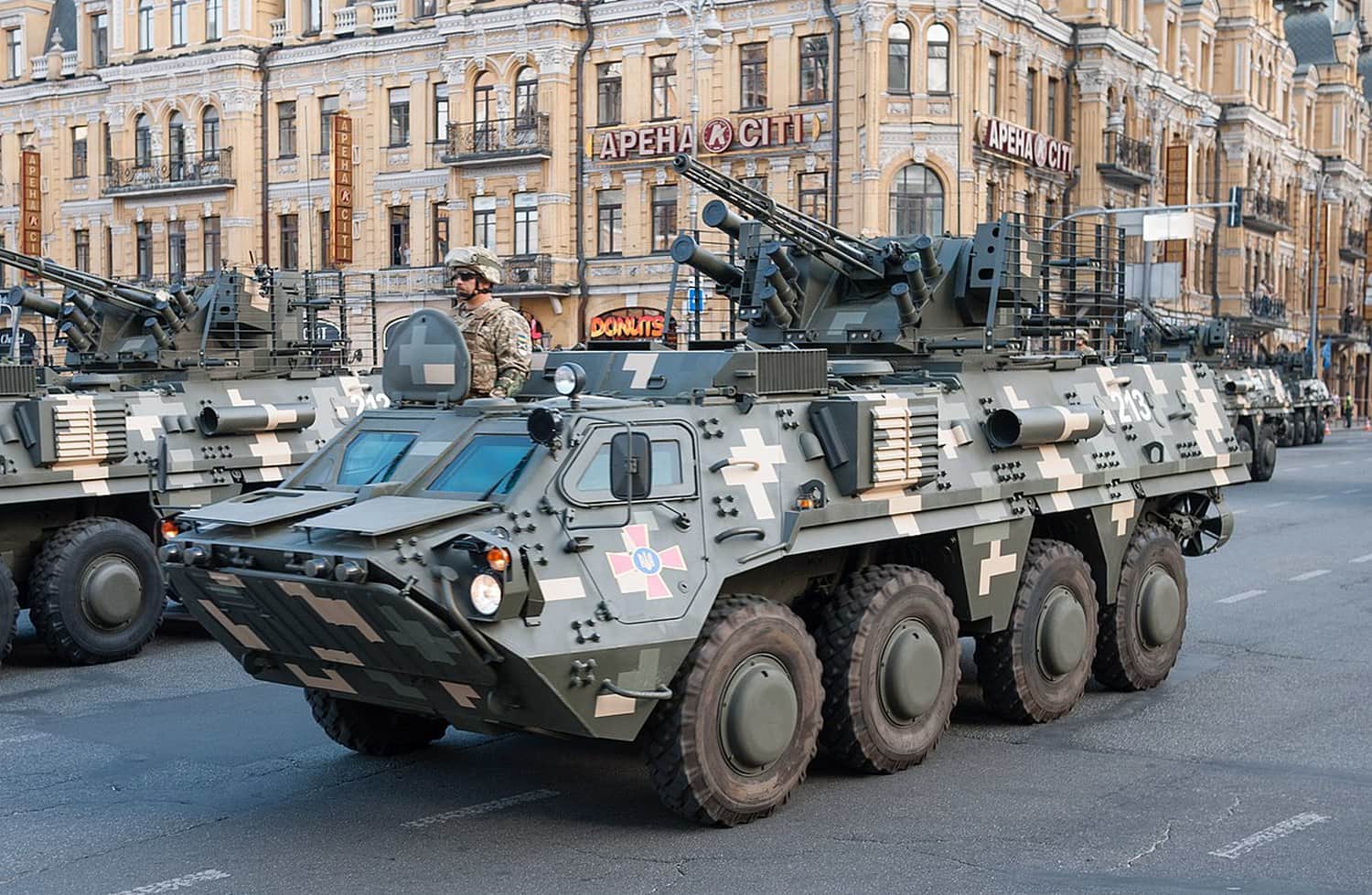 SOURCE: WIKIPEDIA
SOURCE: WIKIPEDIA
One of the issues with APCs for Iraq was cracks in the hull. When the country refused to accept them, the defective vehicles were sold to the Ukrainian National Guard. Having been hit by a series of scandals, Ukroboronprom conducted public tests where the armour of the vehicles withstood a hit.
Analysts of the Defence Express questioned the validity of such tests, as they could have been subject to a large degree of randomness. Be that as it may, the vehicle is considered to be technically sound. Should the company manage to overcome the problems of the past, the BTR-4 could attract the attention of foreign customers.
Oplot main battle tank
The Oplot main battle tanks (MBTs) could have become the pride of the Ukrainian defence industry if there were more than just a few in service with the AFU.
Contrary to Russia's T-14 Armata, these tanks are not mythical but real. A total of 49 units were delivered to Thailand in 2018. There were no problems during the implementation of the deal, except for the fact that it was delayed.
Why does Thailand have ten times more Ukrainian tanks in service than Ukraine? The Ukrainian MoD has not had the funds to buy them for many years and has relied on cheaper, modified T-64s. It was only recently that Reznikov announced that the AFU would order Oplots, which are now reportedly completely free of Russian components.
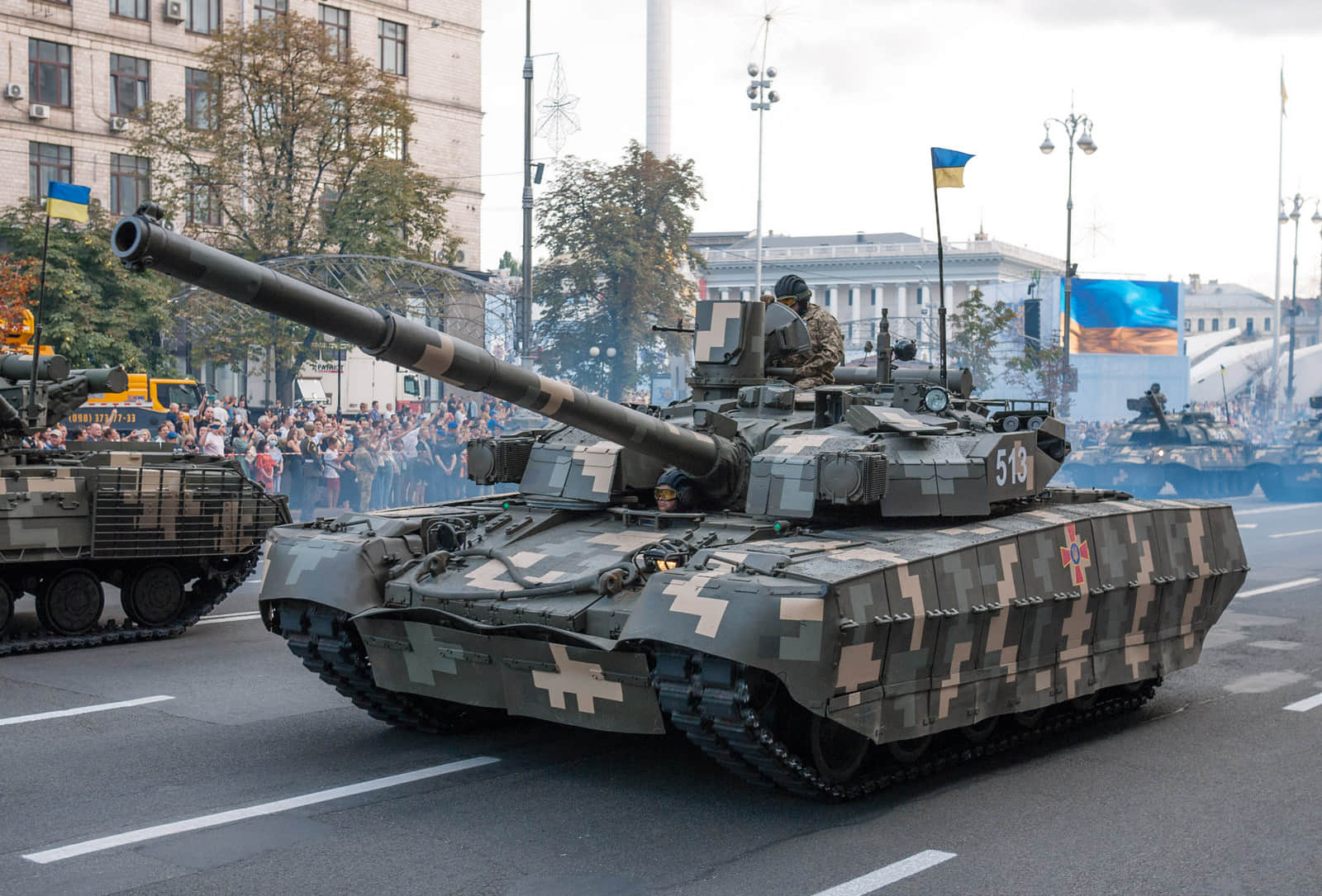 T-84 OplotSOURCE: WIKIPEDIA
T-84 OplotSOURCE: WIKIPEDIA
The EP editors could not confirm the information regarding the agreements between the company and the Ministry of Defence.
The parties will likely move on to specifics after the leadership change at Ukroboronprom. Herman Smetanin, who made his career at tank factories, became the new director of the concern on 28 June.
Whether it makes strategic sense for Ukraine to purchase such tanks is a question for the Defence Ministry. At the very least, the technology may have export potential. Pakistan and Egypt were once interested in Oplots.
The MBT competed with the Chinese VT-4 in tenders in the former and with the Russian T-90 in the latter. However, selling a tank is much more challenging than selling an armoured vehicle or a drone. The point is to offer the country a product for decades to come.
Whether it will be possible to find at least one foreign buyer for the Ukrainian Oplot will depend on the effectiveness of Ukroboronprom's managers. * * * The Ukrainian military and defence industry has endured many blows over the past year.
Some facilities have been seized or destroyed. Nevertheless, Ukraine has begun to produce more weapons, and their quality is backed up by experience in real-world combat. The government's support for security and an increase in orders will help the country not only defend itself more effectively after the war but also to trade on the global arms market, which is growing due to increased geopolitical tensions.
Certainly, Ukrainian weapons are inferior in quality to Western models, but they are relatively affordable and are constantly being improved, so they stand a good chance of finding their own niche. By Bohdan Miroshnychenko Translation: Artem Yakymyshyn
Editing: Monica Sandor